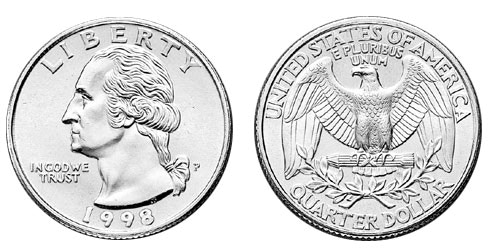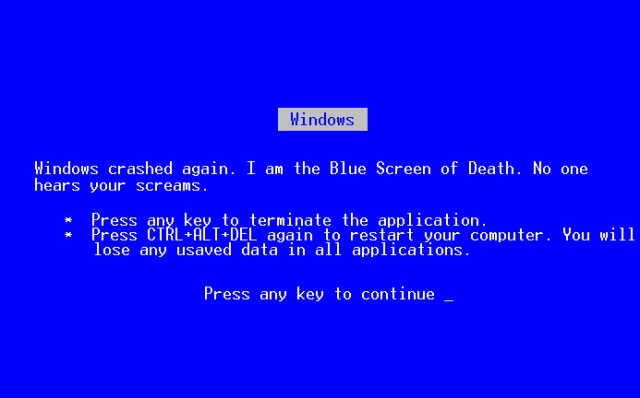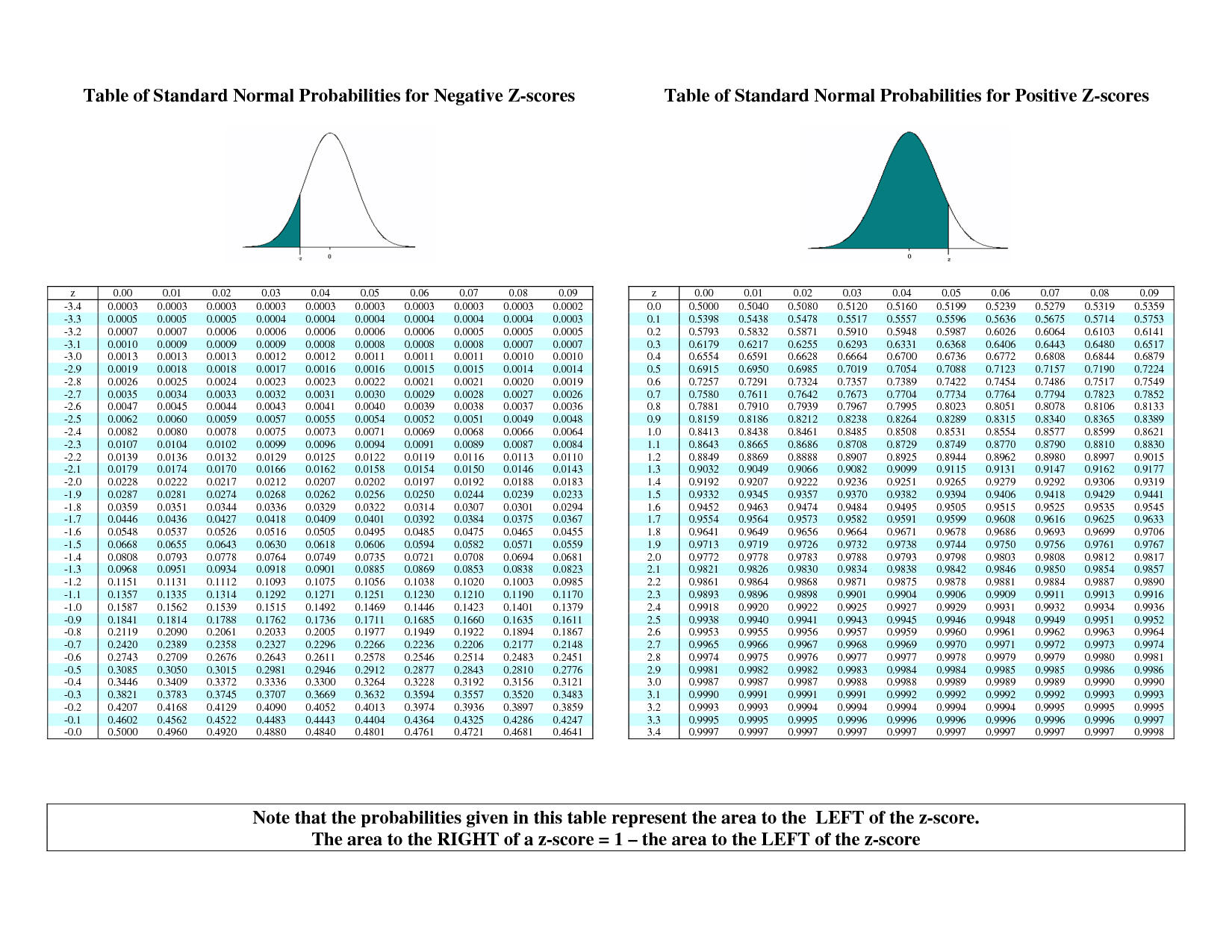
2.2 — Random Variables & Distributions
ECON 480 • Econometrics • Fall 2022
Dr. Ryan Safner
Associate Professor of Economics
safner@hood.edu
ryansafner/metricsF22
metricsF22.classes.ryansafner.com
Contents
Random Variables
Experiments
- An experiment is any procedure that can (in principle) be repeated infinitely and has a well-defined set of outcomes
Example
Flip a coin 10 times.

Random Variables
A random variable (RV) takes on values that are unknown in advance, but determined by an experiment
A numerical summary of a random outcome
Example
The number of heads from 10 coin flips

Random Variables: Notation
Random variable X takes on individual values (xi) from a set of possible values
Often capital letters to denote RV’s
- lowercase letters for individual values
Example
Let X be the number of Heads from 10 coin flips. xi∈{0,1,2,...,10}
Discrete Random Variables
Discrete Random Variables
- A discrete random variable: takes on a finite/countable set of possible values
Example
Let X be the number of times your computer crashes this semester1, xi∈{0,1,2,3,4}

Discrete Random Variables: Probability Distribution
- Probability distribution of a R.V. fully lists all the possible values of X and their associated probabilities
| xi | P(X=xi) |
|---|---|
| 0 | 0.80 |
| 1 | 0.10 |
| 2 | 0.06 |
| 3 | 0.03 |
| 4 | 0.01 |
Discrete Random Variables: pdf
Probability distribution function (pdf) summarizes the possible outcomes of X and their probabilities
Notation: fX is the pdf of X:
fX=pi,i=1,2,...,k
- For any real number xi, f(xi) is the probablity that X=xi
| xi | P(X=xi) |
|---|---|
| 0 | 0.80 |
| 1 | 0.10 |
| 2 | 0.06 |
| 3 | 0.03 |
| 4 | 0.01 |
- What is f(0)?
- What is f(3)?
Discrete Random Variables: pdf Graph
crashes<-tibble(number = c(0,1,2,3,4),
prob = c(0.80, 0.10, 0.06, 0.03, 0.01))
ggplot(data = crashes) +
aes(x = number,
y = prob)+
geom_col(fill = "#e64173") +
labs(x = "Number of Crashes",
y = "Probability") +
scale_y_continuous(breaks = seq(0,1,0.2),
limits = c(0,1),
expand = c(0,0))+
theme_classic(base_family = "Fira Sans Condensed",
base_size = 20)Discrete Random Variables: cdf
Cumulative distribution function (cdf) lists probability X will be at most (less than or equal to) a given value xi
Notation: FX=P(X≤xi)
| xi | f(x) | F(x) |
|---|---|---|
| 0 | 0.80 | 0.80 |
| 1 | 0.10 | 0.90 |
| 2 | 0.06 | 0.96 |
| 3 | 0.03 | 0.99 |
| 4 | 0.01 | 1.00 |
- What is the probability your computer will crash at most once, F(1)?
- What about three times, F(3)?
Discrete Random Variables: cdf Graph
# A tibble: 5 × 3
number prob cum_prob
<dbl> <dbl> <dbl>
1 0 0.8 0.8
2 1 0.1 0.9
3 2 0.06 0.96
4 3 0.03 0.99
5 4 0.01 1 Discrete Random Variables: cdf Graph
Expected Value and Variance
Expected Value of a Random Variable
- Expected value of a random variable X, written E(X) (and sometimes μ), is the long-run average value of X “expected” after many repetitions
E(X)=k∑i=1pixi
E(X)=p1x1+p2x2+⋯+pkxk
A probability-weighted average of X, with each xi weighted by its associated probability pi
Also called the “mean” or “expectation” of X, always denoted either E(X) or μX
Expected Value: Example I
Example
Suppose you lend your friend $100 at 10% interest. If the loan is repaid, you receive $110. You estimate that your friend is 99% likely to repay, but there is a default risk of 1% where you get nothing. What is the expected value of repayment?
Expected Value: Example II
Example
Let X be a random variable that is described by the following pdf:
| xi | P(X=xi) |
|---|---|
| 1 | 0.50 |
| 2 | 0.25 |
| 3 | 0.15 |
| 4 | 0.10 |
Calculate E(X).
The Steps to Calculate E(X), Coded
Variance of a Random Variable
- The variance of a random variable X, denoted var(X) or σ2X is:
σ2X=E[(xi−μX)2]=n∑i=1(xi−μX)2pi
- This is the expected value of the squared deviations from the mean
- i.e. the probability-weighted average of the squared deviations
Standard Deviation of a Random Variable
- The standard deviation of a random variable X, denoted sd(X) or σX is:
σX=√σ2X
- This is the average or expected deviation from the mean
Standard Deviation: Example I
Example
What is the standard deviation of computer crashes?
| xi | P(X=xi) |
|---|---|
| 0 | 0.80 |
| 1 | 0.10 |
| 2 | 0.06 |
| 3 | 0.03 |
| 4 | 0.01 |
The Steps to Calculate sd(X), Coded I
# A tibble: 1 × 1
expected_value
<dbl>
1 0.35The Steps to Calculate sd(X), Coded II
# A tibble: 5 × 5
number prob deviations deviations_sq weighted_devs_sq
<dbl> <dbl> <dbl> <dbl> <dbl>
1 0 0.8 -0.35 0.122 0.098
2 1 0.1 0.65 0.423 0.0423
3 2 0.06 1.65 2.72 0.163
4 3 0.03 2.65 7.02 0.211
5 4 0.01 3.65 13.3 0.133 The Steps to Calculate sd(X), Coded III
# A tibble: 1 × 2
variance sd
<dbl> <dbl>
1 0.648 0.805Standard Deviation: Example II
Example
What is the standard deviation of the random variable we saw before?
| xi | P(X=xi) |
|---|---|
| 1 | 0.50 |
| 2 | 0.25 |
| 3 | 0.15 |
| 4 | 0.10 |
Hint: you already found it’s expected value.
Continuous Random Variables
Continuous Random Variables
Continuous random variables can take on an uncountable (infinite) number of values
So many values that the probability of any specific value is infinitely small:
P(X=xi)→0
- Instead, we focus on a range of values it might take on

Continuous Random Variables: pdf I
Probability density function (pdf) of a continuous variable represents the probability between two values as the area under a curve
The total area under the curve is 1
Since P(a)=0 and P(b)=0, P(a<X<b)=P(a≤X≤b)
See today’s appendix for how to graph math/stats functions in
ggplot!

Example
P(0≤X≤2)
Continuous Random Variables: pdf II
- FYI using calculus:
P(a≤X≤b)=∫baf(x)dx
- Complicated: software or (old fashioned!) probability tables to calculate

Example
P(0≤X≤2)
Continuous Random Variables: cdf I
- The cumulative density function (cdf) describes the area under the pdf for all values less than or equal to (i.e. to the left of) a given value, k
P(X≤k)
Example
P(X≤2)


Continuous Random Variables: cdf II
- Note: to find probability of values greater than or equal to (to the right of) a given value k:
P(X≥k)=1−P(X≤k)
Example
P(X≥2)=1−P(X≤2)
P(X≥2)= area under the pdf curve to the right of 2


The Normal Distribution
The Normal Distribution
- The Gaussian or normal distribution is the most useful type of probability distribution
X∼N(μ,σ)
“X is distributed Normally with mean μ and standard deviation σ”
Continuous, symmetric, unimodal

The Normal Distribution: pdf
- FYI: The pdf of X∼N(μ,σ) is
P(X=k)=1√2πσ2e−12((k−μ)σ)2
- Do not try and learn this, we have software and (previously tables) to calculate pdfs and cdfs

The Standard Normal Distribution
- The standard normal distribution (often referred to as Z) has mean 0 and standard deviation 1
Z∼N(0,1)

The Standard Normal cdf
- The standard normal cdf, often referred to as Φ:
Φ(k)=P(Z≤k)
(again, the area under the pdf curve to the left of some value k)

The 68-95-99.7 Empirical Rule
- 68-95-99.7% empirical rule: for a normal distribution:

The 68-95-99.7 Empirical Rule
68-95-99.7% empirical rule: for a normal distribution:
P(μ−1σ≤X≤μ+1σ)≈ 68%

The 68-95-99.7 Empirical Rule
68-95-99.7% empirical rule: for a normal distribution:
P(μ−1σ≤X≤μ+1σ)≈ 68%
P(μ−2σ≤X≤μ+2σ)≈ 95%

The 68-95-99.7 Empirical Rule
68-95-99.7% empirical rule: for a normal distribution:
P(μ−1σ≤X≤μ+1σ)≈ 68%
P(μ−2σ≤X≤μ+2σ)≈ 95%
P(μ−3σ≤X≤μ+3σ)≈ 99.7%
68/95/99.7% of observations fall within 1/2/3 standard deviations of the mean

Standardizing Normal Distributions
- We can take any normal distribution (for any μ,σ) and standardize it to the standard normal distribution by taking the Z-score of any value, xi:
Z=xi−μσ
Subtract any value by the distribution’s mean and divide by standard deviation
Z: number of standard deviations xi value is away from the mean

Standardizing Normal Distributions: Example I
Example
On August 8, 2011, the Dow dropped 634.8 points, sending shock waves through the financial community. Assume that during mid-2011 to mid-2012 the daily change for the Dow is normally distributed, with the mean daily change of 1.87 points and a standard deviation of 155.28 points. What is the Z-score?
Z=X−μσ
Z=634.8−1.87155.28
Z=−4.1
This is 4.1 standard deviations (σ) beneath the mean, an extremely low probability event.
Standardizing Normal Distributions: Example II
Example
In the last quarter of 2021, a group of 64 mutual funds had a mean return of 2.4% with a standard deviation of 5.6%. These returns can be approximated by a normal distribution.
What percent of the funds would you expect to be earning between -3.2% and 8.0% returns?
Convert to standard normal to find Z-scores for 8 and −3.2.
P(−3.2<X<8)
P(−3.2−2.45.6<X−2.45.6<8−2.45.6)
P(−1<Z<1)
P(X±1σ)=0.68
Standardizing Normal Distributions: Example II


Standardizing Normal Distributions: Example III
Example
In the last quarter of 2021, a group of 64 mutual funds had a mean return of 2.4% with a standard deviation of 5.6%. These returns can be approximated by a normal distribution.
What percent of the funds would you expect to be earning 2.4% or less?
What percent of the funds would you expect to be earning between -8.8% and 13.6%?
What percent of the funds would you expect to be earning returns greater than 13.6%?
How do we actually find the probabilities for Z−scores?

Finding Z-score Probabilities I
Probability to the left of zi
P(Z≤zi)=Φ(zi)⏟cdf of zi

Probability to the right of zi
P(Z≥zi)=1−Φ(zi)⏟cdf of zi

Finding Z-score Probabilities II
Probability between z1 and z2
P(z1≥Z≥z2)=Φ(z2)⏟cdf of z2−Φ(z1)⏟cdf of z1

Finding Z-score Probabilities III
pnorm()calculatesprobabilities with anormal distribution with arguments:x =the valuemean =the meansd =the standard deviationlower.tail =TRUEif looking at area to LEFT of valueFALSEif looking at area to RIGHT of value

Finding Z-score Probabilities IV
Finding Z-score Probabilities V
Finding Z-score Probabilities VI
Example
Let the distribution of grades be normal, with mean 75 and standard deviation 10.
- Probability a student gets between 65 and 85





